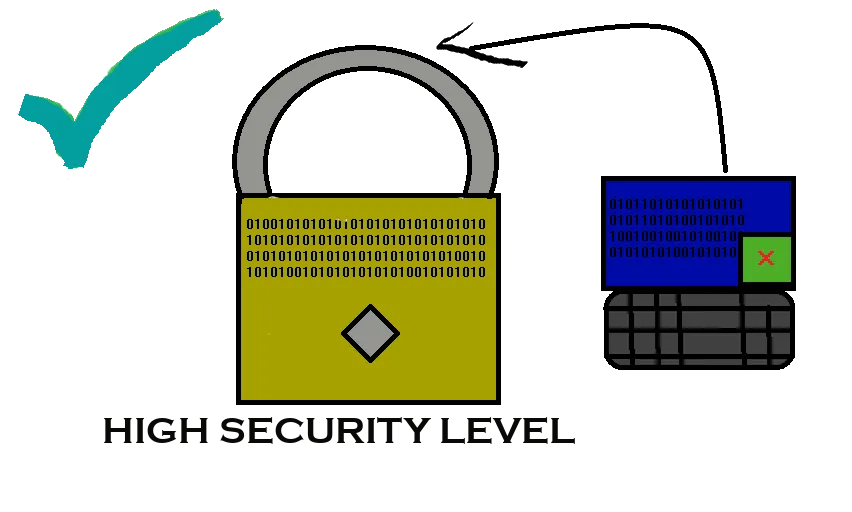Hello community, today I want to talk about something that seems quite obvious to some people but not to others, the computer security of passwords, when we generate a password to protect our information is important to do it the right way because if our passwords do not have adequate security level can become vulnerable.
When you write a password, most people write ID numbers, phone numbers and birth dates, to make combinations of the same that is a very bad idea because hackers have access to that personal information that they can collect to make algorithms that try with different combinations of the same and find our passwords.
I recommend not using this type of passwords anywhere, especially email, bank accounts, or cell phones.
So how can we create secure passwords and how do we know which passwords are not secured?

drawing made by: @rubenp

Well, passwords are given by security levels, according to computer support standards.
- Low level passwords have 5 digits.
- Medium level passwords are 6 digits or more and include uppercase and lowercase letters and a special character.
- High level passwords include 8 characters or more with at least (2) uppercase letters, lowercase letters, numbers and 2 special characters.

When passwords are renewed it is even better to change passwords every 3 months to make it almost impossible for a hacker to discover them.
Let's do an exercise to generate secure passwords.
Example:
Write an 8 word phrase that you like something personal and hard to forget.
For me in this case it will be "peach, I could eat peaches for hours than good".
Then write 4 numbers in this case it won't matter where they come from.
In my case it will be "7517".
Now type 2 special characters.
For this example I will use"@/:%".
Now let's put together a high level password
We will use the first or last letter of each word.
(dpcddhqb) is what it looks like once collected but we will change two of those letters to upper case.
For example (DpcddgqB) , now we must add the 4 numeric digits that we write also can choose if at the beginning at the end or even in the middle of the password remaining as follows.
(DpcddgqB7517)
(7517DpcddgqB)
(Dpcd7517dgqB)
Now finally add the two special characters we typed.
It will look like this :

(/DpcddgqB7517%.@)

A password of this type have according to some statistical tables would have to try passwords in the range of 112X1012 Passwords.
I hope you found this post useful, see you in the next one.

